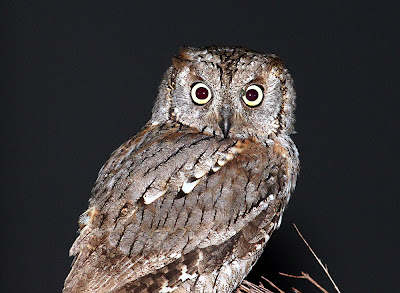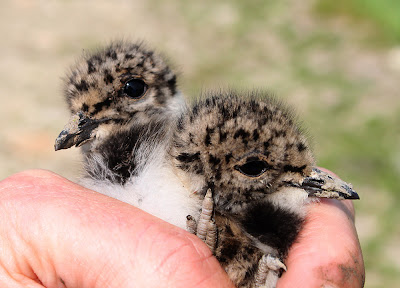For today’s rainy day post I’m using up the photographs from May’s Menorca holiday which produced 19 days of sunshine. I’m then binning the remainder of the pictures before everyone complains about Menorca overkill.
Es Grau just 4 miles from the capital of Mahon, is a typical Menorcan fishing village, where 85% of the population are true Menorcans. Close to and part of the village is the Nature Reserve of S’Albufera, an area ideal for walkers and where a typical selection of May birds can be found if you try hard enough. Here’s a selection of pictures from Es Grau with minimal comment from me.
Carrer D'Es Pescadors, Fisherman's Street - Es Grau
There were masses of Spotted Flycatchers in early May, one decided to fly off just as I clicked the shutter button, making for a weird shot.
Spotted Flycatcher
Spotted Flycatcher
Audouin’s Gulls are fairly commonplace in coastal locations like Es Grau while Yellow-legged Gulls are more numerous both on the coast and inland.
Yellow-legged Gull
Audouin's Gull
Audouin's Gull
I think the creature below is known as a Beautiful Damselfly.
Beautiful Damselfly
Es Grau, Menorca
Like many of the heron family Purple Herons can be very shy, usually taking off long before you spot them skulking in the reeds where their stripy appearance makes them blend in. Little Egrets can often be more confiding.
Purple Heron
Little Egret
There’s a viewpoint just outside the village where birds of prey circle on the thermals and Bee Eaters feed on high, so high that sometimes they can barely be seen but their liquid calls make you look up for their whereabouts. Click on the xeno-canto button to be transported to the Mediterranean.
Bee Eater
Red Kite
Booted Eagle
Coots and many other species were feeding young in early May.
Coot
Es Grau
Es Grau
That's all for today folks, let's hope the weather improves soon to something like that of the Mediterranean.



































































.JPG)







.jpg)











